What I’m planning to do better in 2023…
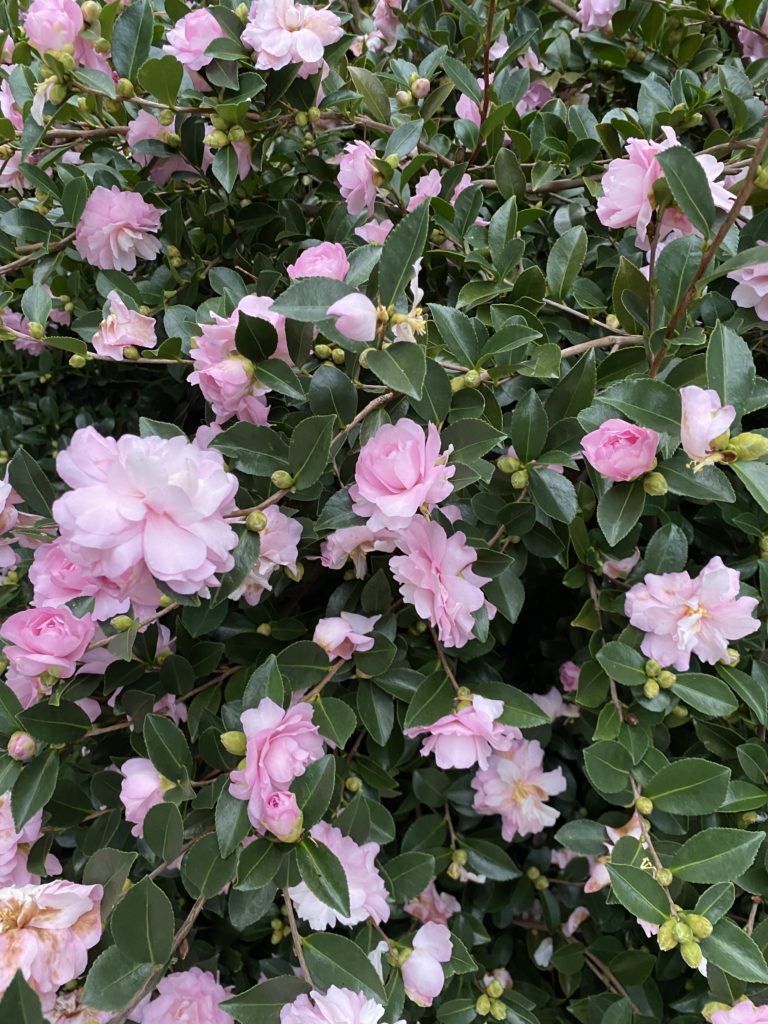
The fall season is winding down in my Georgia garden. Luckily, some of my favorite plants seem to be shrugging off the cold, at least for now. My camellias are loaded with blooms and looking gorgeous. If I could figure out a way to squeeze just one more into my garden, I would.
A trip into the city this weekend led to a few unplanned plant purchases (funny how that happens): apricot foxgloves (a bargain), a pot of comfrey (always wanted to add this to my garden), one ‘Ryan’s Magenta’ perennial mum (to propagate in future), and a few ‘Ivory Princess’ calendulas.
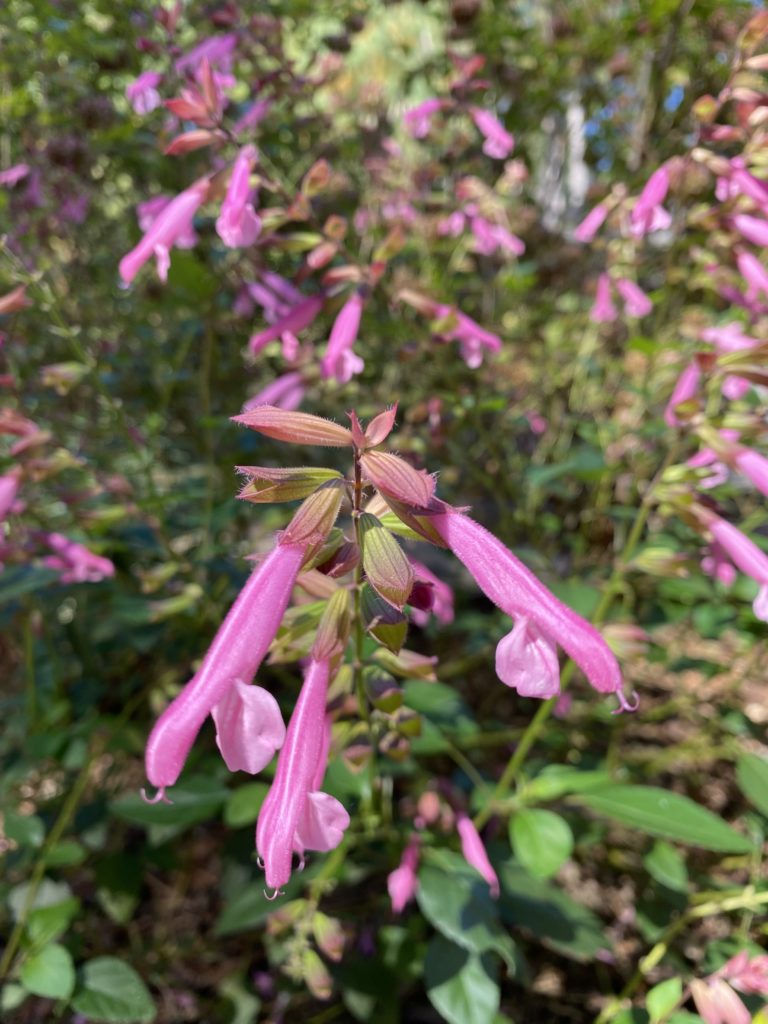
This is a wonderful time to hit your favorite independent garden center to pick up anything useful in the clearance section and to check out new inventory. I like to shop in November before all they have for sale is Christmas trees, which marks the beginning of the long wait for spring plant shopping. Sigh.
This is also the time of year that I wander around the garden thinking about what I can do better next year.
Make more compost. If you’re not making compost in your garden I would encourage you to try it in 2023. I’ve gotten better at this process over the last few years, but I’m still learning.
Here are a few basics:
First, you don’t need a compost bin to produce compost. If you have a small yard and like the idea of keeping the materials contained, a proper compost bin might be the way to go, but you can simply make a pile anywhere out the way. You can make a bin from wood pallets or you might make a simple structure to contain your materials with thick bamboo canes pushed into the ground. (I used this method last winter, with five foot bamboo canes, creating a circular area around 4 feet in diameter.)
The key to composting is to collect both green material (nitrogen) and brown material (carbon) as ingredients. I’ve seen recommendations of 25 parts carbon to one part nitrogen from experts, but a 50-50 ratio is a good place to start. I tried to use slightly more carbon last year and the pile did seem to break down faster for me. Maybe I should start asking neighbors for their cardboard boxes?
Examples of carbon sources are: dried up plant material, shredded paper, paper towel rolls, newspaper, corrugated cardboard, paper egg cartons, etc. Cardboard is a favorite food of earthworms, which I’m told will help speed up the process.
Nitrogen is added to the pile by using garden trimmings and kitchen waste. Grass clippings will also work if they are not treated with chemicals. At our place the grass clippings go into the woods in their own spot because I have plenty of other nitrogen sources on hand that I’d prefer to use in my compost pile.
If you don’t have enough browns to add to your greens, your pile may take a long time to break down. This is actually okay if you aren’t in a hurry. I did some very lazy composting when I was younger and it does work. If you take the time to make layers of brown and green, and then sprinkle them with a bit of finished compost, it does speed up the process. Punching some holes into your pile, and/or turning it will also speed things up. Be sure to keep the pile moist if there is no rain in the forecast. The organisms that are breaking down your pile need moisture to do their part.
This year I’ll try to do a better job of chopping up my garden trimmings and keeping my compost pile moist. I habitually layer in the long plant stems that I’ve just cut from the garden, but it is much better if garden waste is cut up in smaller chunks. The lawn mower is one possibility, if you are so inclined, but I’m going to just spend the time to cut up my trimmings when I have time to do so.
I collect kitchen waste every day of the year to add to my compost, which means that bagged trash going to the curb every week is minimal. I keep an old crockery bowl on my kitchen counter, and as the day goes on I fill it with apple peelings, paper towels or napkins, parchment paper, wax paper, vegetable trimmings, tea bags (mine happen to be compostable), and coffee grounds. This gets dumped into a galvanized bucket that I carry to the compost pile when I’m headed that way.
Shredded office paper is another thing that I will start adding to my pile. I will try to sort it before it is shredded, eliminating anything that has a lot of colored ink that could have too many weird chemicals in it. Corrugated cardboard boxes now go into my compost instead of out to the curb for recycling. Note: Do recycle any colorful cereal boxes, and similar materials with shiny package exteriors, as they shouldn’t go into your compost due to the chemicals in the ink.
These days I typically I have finished compost in about six months. You’ll know that your compost is ready to use when there are no chunks of identifiable plant material or cardboard in the mix. If you see bits that are not broken down, leave your pile for another month. The finished compost should look rich and dark, with a woodsy or neutral smell.
If you’ve never tried composting, I encourage you to have a go at it. It does take a little effort, but once you have your first batch of that beautiful, mysterious dark stuff you’ll be hooked. If you want to watch a few videos about composting, YouTube has plenty of them. Also be sure to check out the informative and hilarious @compostable.kate on Instagram.
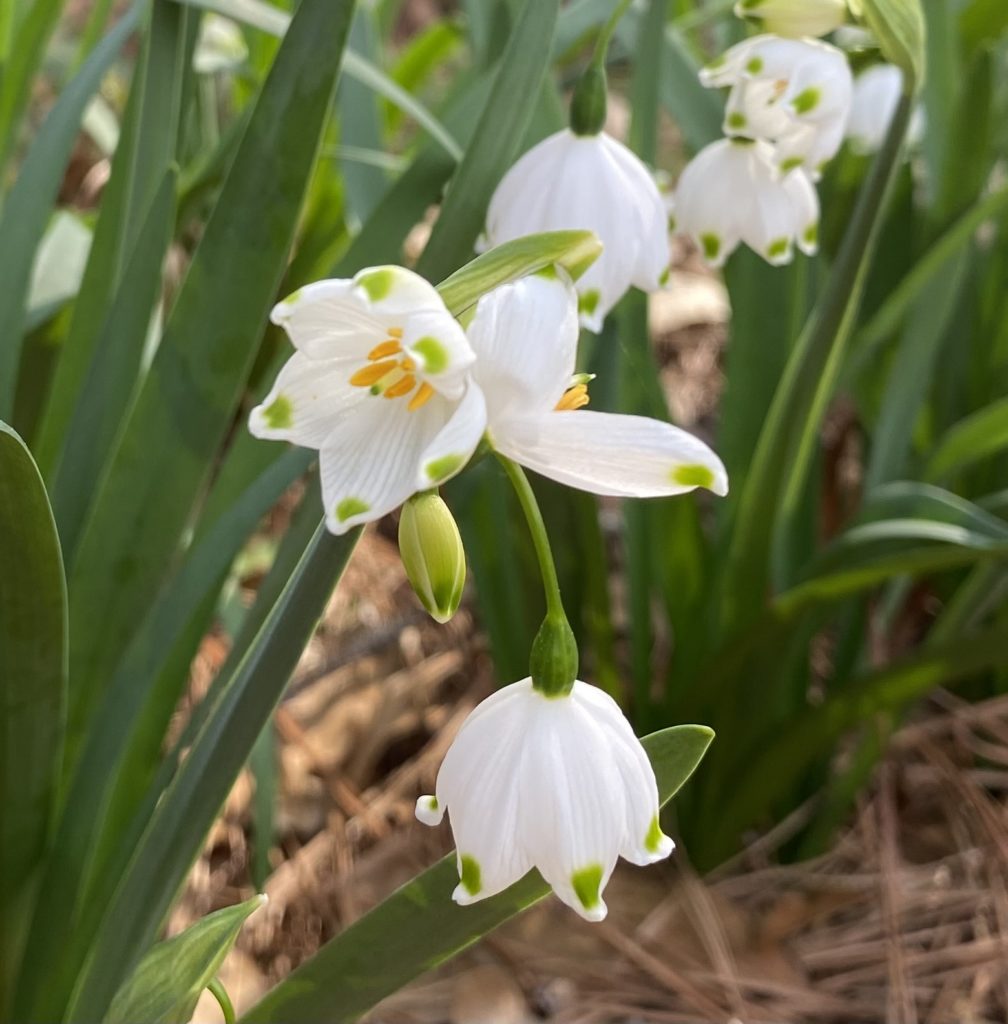
Add more bulbs to the garden for every season. Every time I see my 87-year old mother’s garden in spring I’m reminded that I’m really planting bulbs for my future self. In spring her front garden is filled with white daffodils and summer snowflakes. In late summer and fall, patches of tiny rain lilies appear, usually after a rainstorm.
I always order bulbs in late summer while the selection is good, and some vendors give discounts for these early purchases. If I see something interesting I’ll do a little research to find out (A) will it do well in my climate, and (B) will it like my acid soil? I love to experiment, but I’m not willing to plunk down a lot of cash for something that won’t do well in zone 8 winters or clay soil, (though I do amend it with lots of organic matter before I plant bulbs).
Speaking of amendments, the folks at Brent and Becky’s Bulbs recommend planting bulbs in the best soil you can offer, and I do whatever they say. The only bulbs I will plant in moist clay are camassias, or Indian hyacinths, a native bulb that will tolerate damp, heavy soil.
I’m not in love with yellow daffodils, but I do love the elegant white ‘Thalia’ and some of the antique varieties. I tend to like snowdrops and squills for late winter, and spider lilies and rain lilies for summer. There are many summer-blooming bulbs, such as galtonia (sometimes called the summer hyacinth), that you don’t see in gardens very often, but they might be just the thing to add to one of your plantings.
This month I’m planting bulbs at the base of various flowering shrubs in an attempt to match bloom times. It will be hit or miss, because bloom times can vary, but I’m going to take the time to think carefully about what goes with what, and I’ll see how it goes. There are some bulbs, such as wood hyacinths, that seem to do fine in the shade cast by shrubs or trees, so I’ll take advantage of this opportunity to find some good pairings. If the bloom time of a combination doesn’t work, I can carefully dig up these small groups of bulbs after they’ve flowered, while they still have foliage, and plant them with a different partner for next spring.
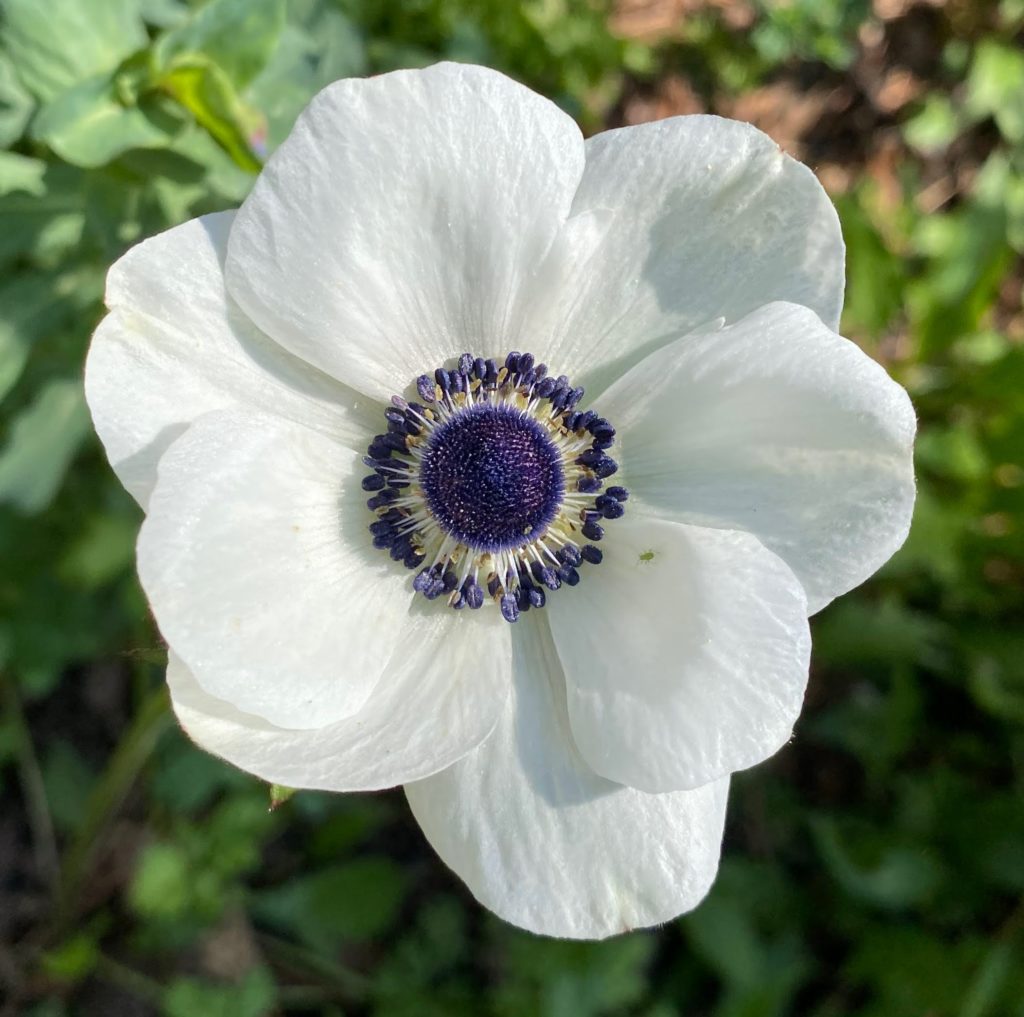
This will finally force me to keep a notebook handy and record bloom times of all of my shrubs and bulbs, something I should have started doing long ago. If you plant lots of bulbs, I’d encourage you to keep a bulb map of some sort so that you remember where those crocuses are before you accidentally dig them up. Have done this so many times, I cannot begin to tell you. Map completed last month. I put a large rock over a patch of lycoris bulbs, remembered too late, and uncovered lots of sad, anemic looking shoots, which was tragic…
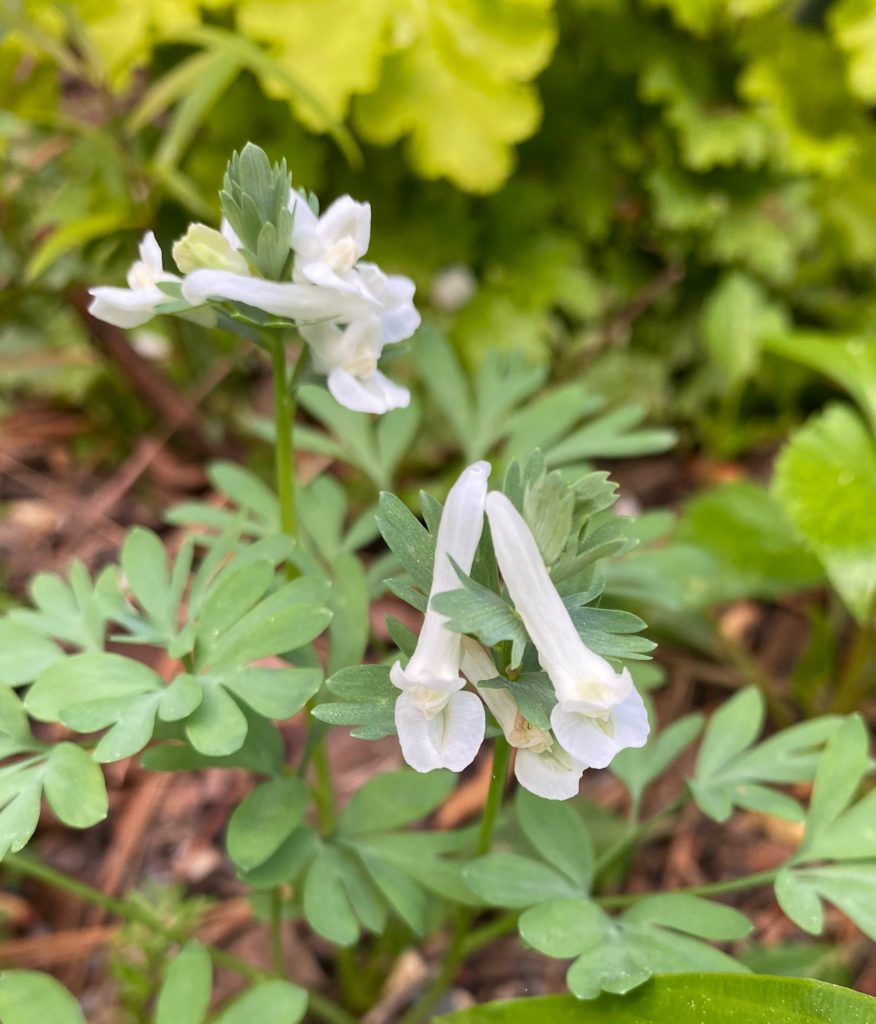
Some spring-flowering bulbs to consider for Southern gardens: galanthus, leucojum, scilla, Iris reticulata, crocus, anemone, puschkinia
For summer and beyond: lycoris, galtonia, cyclamen, colchicum, allium, lily
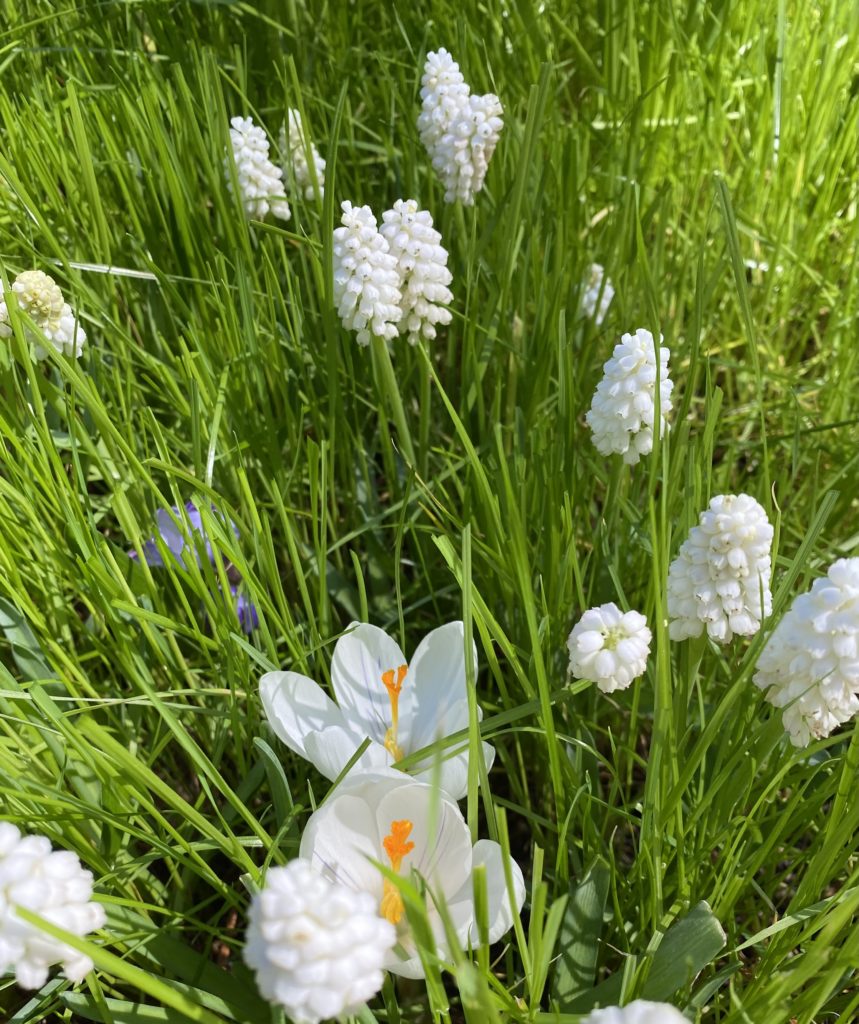
Fill planting beds with plants, not mulch. I have a fairly young garden at my current home, so I’m still in the process of filling in spaces around shrubs in a long border that meanders through my back yard. I’m always on the lookout for low-growing plants that are deer resistant so that I don’t have to mulch these areas to keep weeds from germinating.
I buy one or two trial plants (anything I find appealing that is reported to be “deer proof”) and experiment for a year before I spent the money to buy more. My newest trial subjects are Pennsylvania sedge grass and prunella for areas that can be damp at times. I see that the deer have “tasted” the sedge grass, but I’m hoping they’re just curious this month and they’ll leave it alone for the most part. Deer repellent tends to work well, unless there is something new that shows up on their morning walk through my yard. Time will tell whether these plants get a thumbs up or a thumbs down.
I’m a big fan of layering plant material so that, over time, the plants become “green mulch”, leaving no space for weeds to grow. For example: I have a Camellia japonica that I’ve limbed up slightly, and in front of this large shrub I’ve planted three small (and slow-growing) Japanese hollies, and then I’ve filled the ground around the shrubs with creeping jenny, a groundcover that works well in the South. No weeds. No mulch.
I do use a mulch of shredded leaves under a huge maple tree in my front yard (collected with the lawnmower in fall) and when those have broken down I’ll cover the area with pine straw in spring to tidy everything up. If you plant groundcovers when trees are young it is easier to get them established. Once those root systems take hold they will use every bit of moisture in the ground, leaving little for newly planted groundcovers. This is typical in the South, and I envy my Northern gardening friends who have patches of shade-loving perennials under their mature trees. It just doesn’t work here with our summer heat.
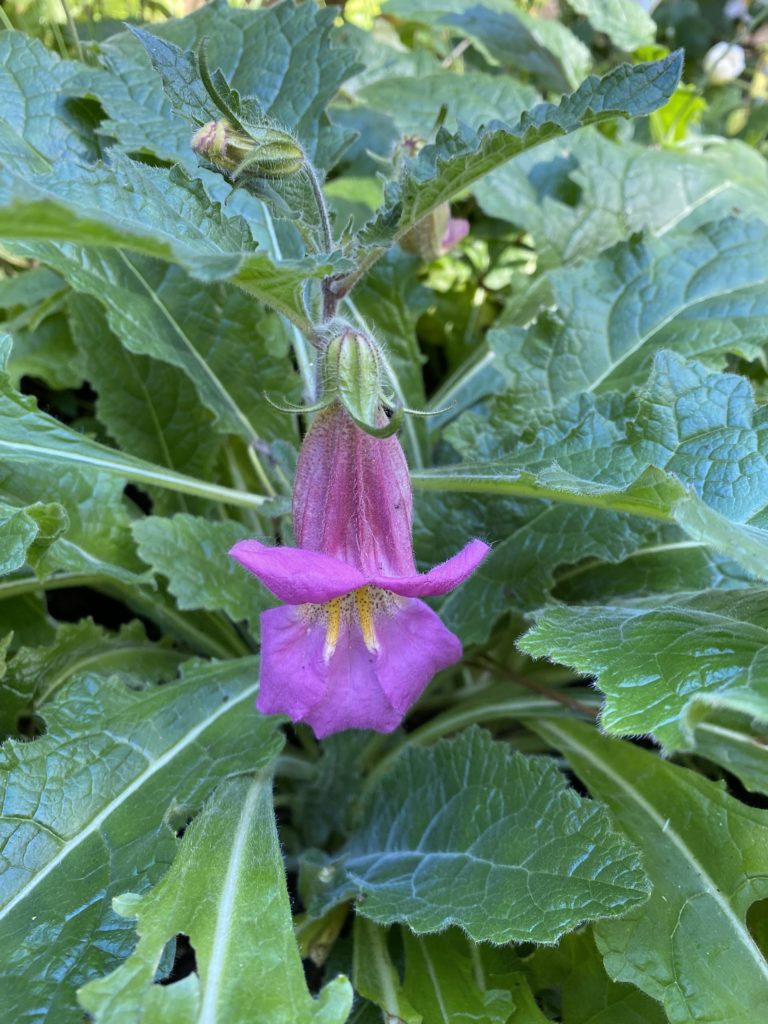
I glanced through some photos from spring and summer this week as I was writing this post and I feel so grateful for all of the beauty that I witnessed in my small patch of land this year. The mystery of bloom and leaf is just something I will never take for granted. Wishing all of us just a few more pleasant days to work in the garden before the long winter sleep.